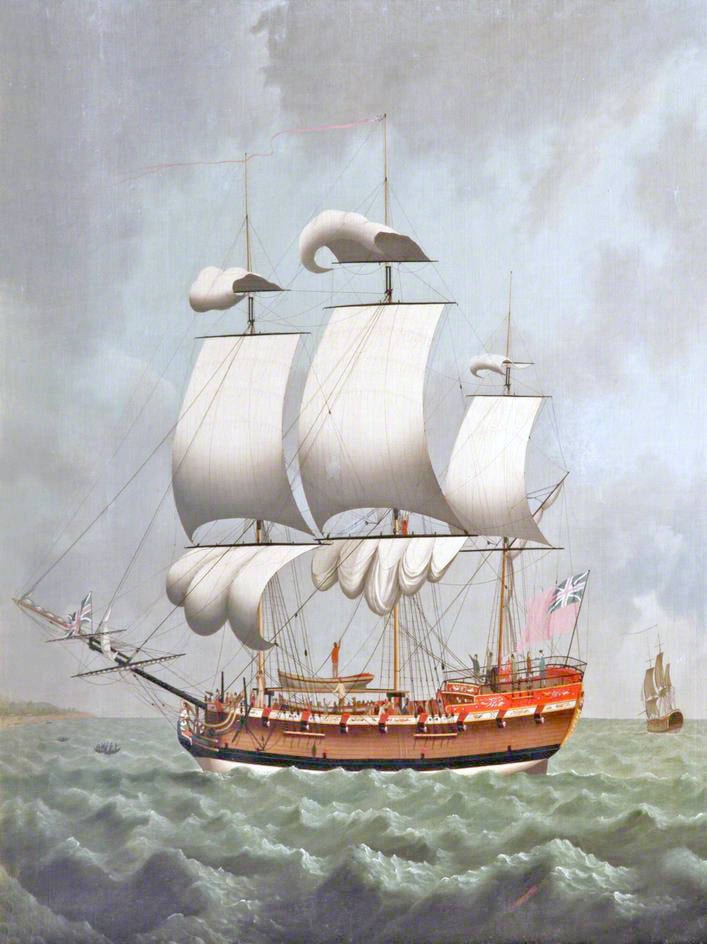The McCleary family roots go back to County Antrim in the old Province of Ulster, known as Northern Ireland today. It appears the family was impoverished; their lives upset almost continually by wars, the economic depressions that normally followed them, rebellions against the entrenchment of English rule, and devastating crop failures.
All that we know of the family are the two members that eventually made it to present-day Ontario: John and his mother Jane. She was born around 1775, and John was born to her on August 12, 1809. He received some formal education that enabled him to read and write; this was probably with the assistance of the Society for Promoting the Education of the Poor in Ireland. He also picked up practical skills such as weaving cloth.
It would appear that Jane, on account of her Presbyterian religion, was most likely derived from Scotland, part of the wave of enforced emigration whose aim it was to reduce the influence of the endemic Catholics, who were gradually being displaced from ownership of their land. Presbyterians were also discriminated against, as the only sanctioned religious affiliation was that of the Protestants of the Church of Ireland.
We know nothing of her husband or other children, and — as there is no record of correspondence with Ireland — we have to assume that most likely no close living relatives remained. Nor is it clear if mother and son emigrated together or Jane followed later. Oral family records have it both ways. There is something attractive about the story of Jane arriving later to help her son with his growing family, and at age 72 walking 50 kilometres to the homestead with a sack of flour on her back.
The more likely scenario, however, is that they arrived together and lived separately until John had obtained his land and constructed a dwelling on the property. Their travel across the Atlantic has not been documented precisely, but it would have been in 1834 or 1835. They would have disembarked in Quebec City and travelled by stage and steamer to Coburg. It appears that Kingston and Consecon offered temporary residences until they could move onto John’s own land.
After searching around for some time, John settled on 200 acres in Percy Township, legally described as Lot 9 Concession 7. He could not purchase it immediately but his name was put against it until such time it would be put to auction. Deciding to gamble on that promise, he started clearing the land in advance of the sale; he made his first payment in November 1837. His Irish upbringing made him distrustful of government and he remained anxious until he finally obtained his Deed in 1846.
By that time he had cleared some 30 acres and he owned two oxen, two cows, and two calves as well a flock of chickens. 12 acres were pastureland; 11 acres were planted in wheat and another 2 in oats. Potatoes were planted around the still-remaining stumps. A comfortable dwelling built of logs was in place; eventually, it would be expanded and improved.
Having secured his land, John decided it was time to marry and start a family. He conveniently located a promising bride on the lot immediately to the west. Caroline Spencer had been born in New York State and when John started courting her, he was 38 and she was 14. Her parents objected to the match on the basis of the age discrepancy, but to show his mettle, he travelled in mid-winter to Peterborough to purchase material for her wedding dress. Once it was made, the couple travelled to Peterborough again for the wedding itself, which took place on January 25, 1847.
Now young Caroline had to adapt to a new household, and the ageing Jane had to adapt to the dynamics of two women under the same roof. Jane was a formidable character, set in her ways. In the evenings she loved to smoke her pipe, which she would light with a glowing coal that she grabbed directly from the fireplace. She must have burnt her fingers at times, as there lingers a story of her catching fireflies in her first attempt to light her pipe in a less risky fashion.
John lost no time in producing descendants. Caroline would give birth to her first child in December 1847, when she was still fifteen, with other children to follow every one or two years. The house was filling up and more help in managing the land was on the way.
This is the first part of the history of the McCleary’s, based on the book Ireland to Canada: The John McCleary Story, by George McCleary.
